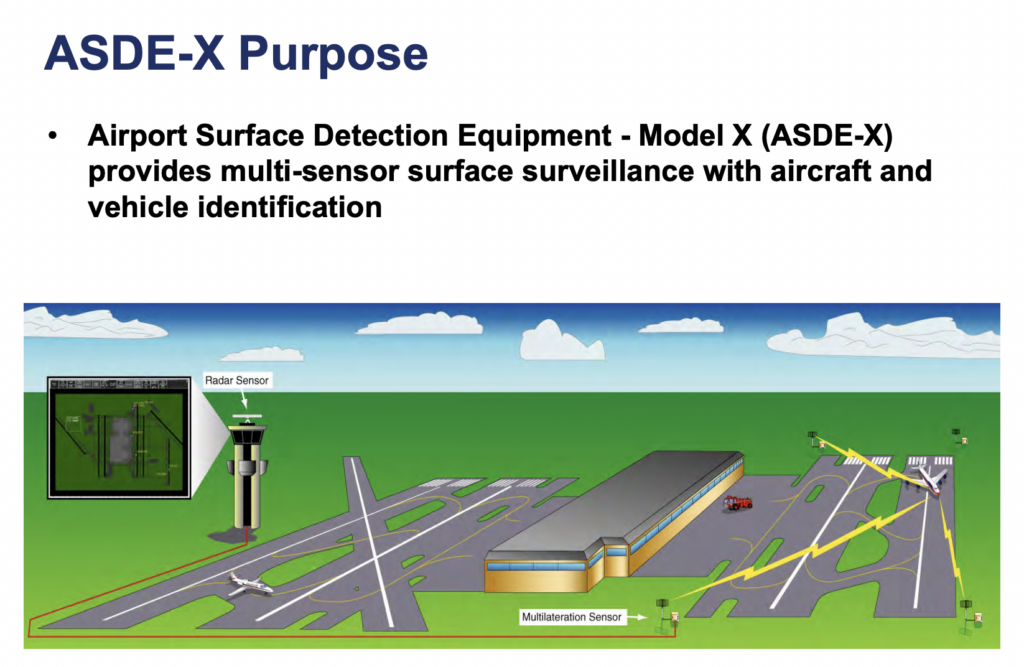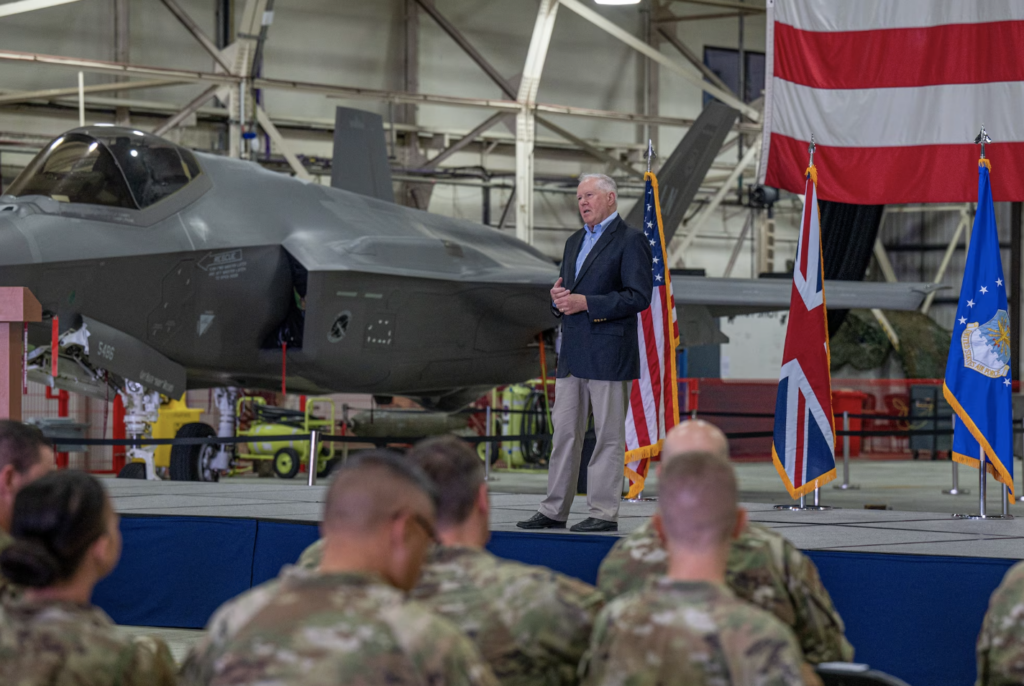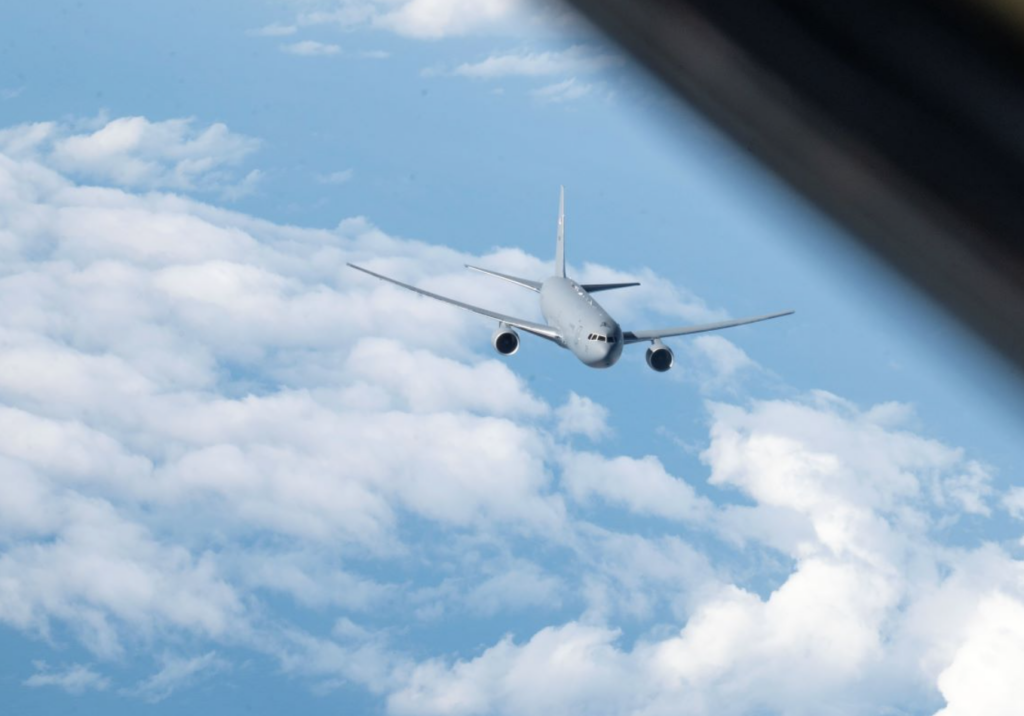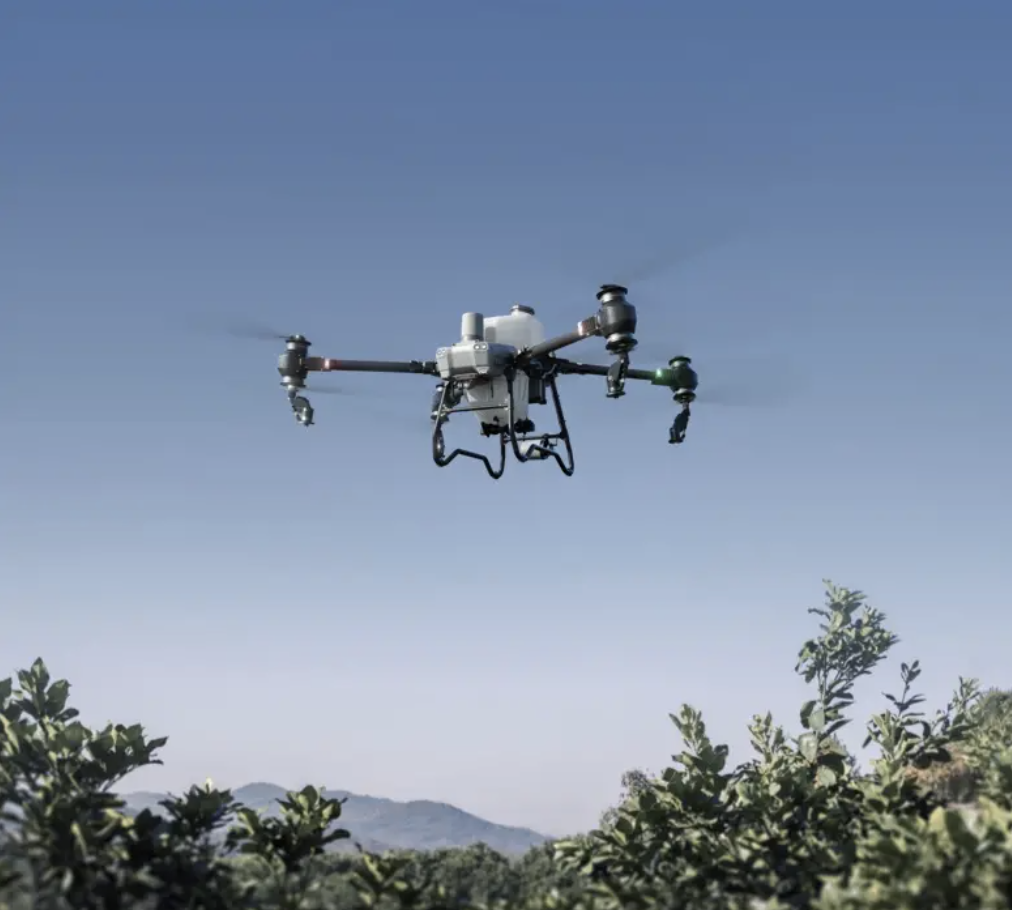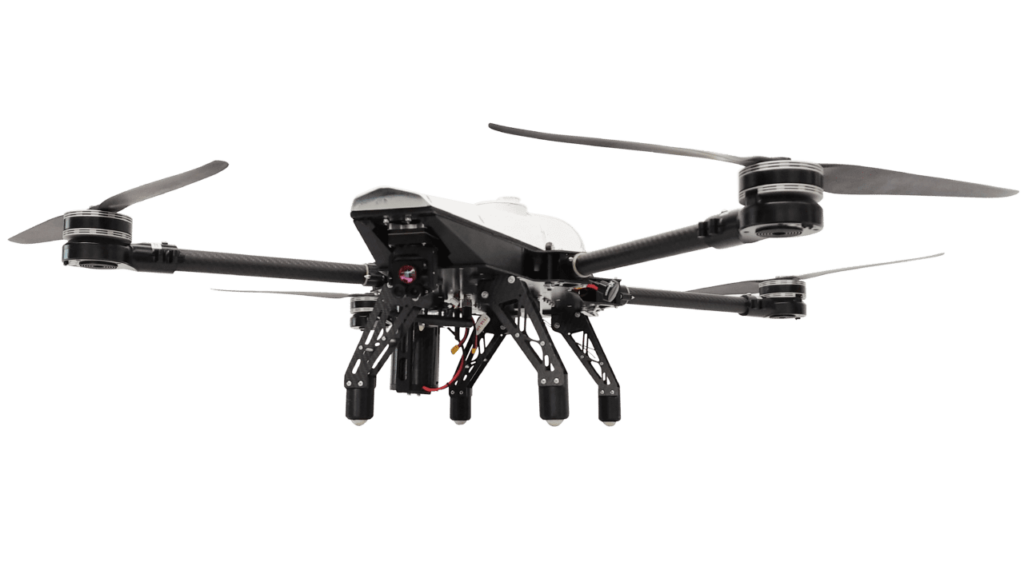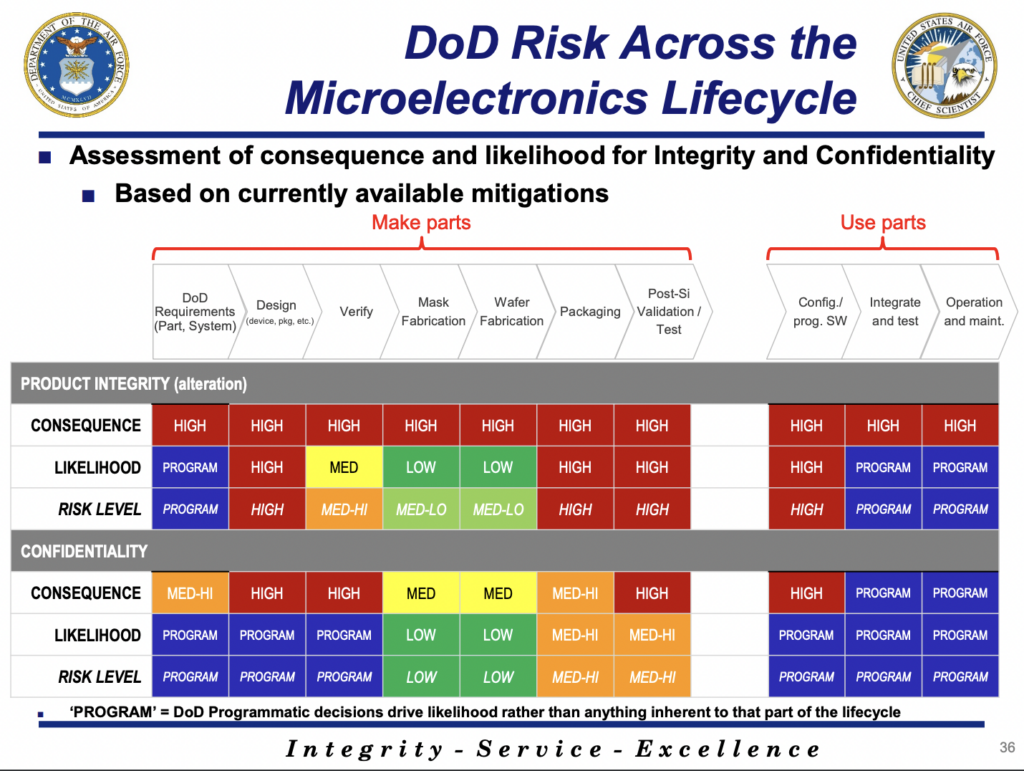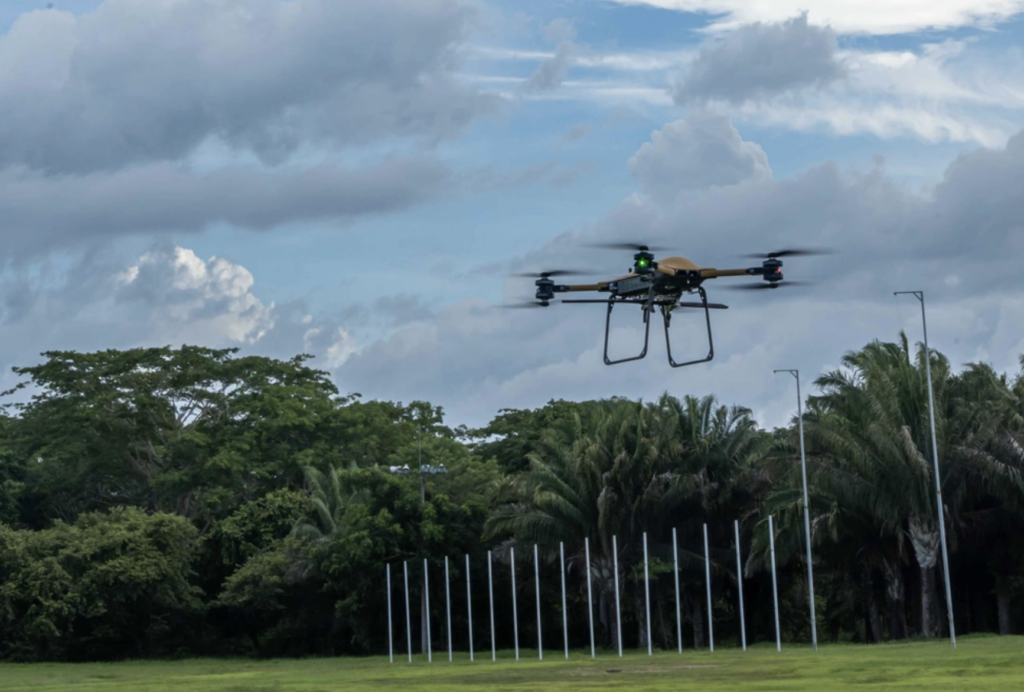

The integration of urban air mobility into existing airspace systems is a collaborative endeavor, requiring continuous learning, validation, and adaptation to evolving technologies and methods. Speakers from the FAA, NASA, OneSky, and ANRA provided insights into their respective areas of expertise, underscoring the importance of data, collaboration, understanding new complexities, and global harmonization. (Photo: NASA)
BALTIMORE, Maryland — One of the most interesting panel discussions that took place during the recent AAM Summit—presented by the FAA and AUVSI—revolved around the evolving landscape of urban air mobility (UAM). Central to the discourse was the significance of collecting pertinent data to facilitate the integration of new aerial vehicles into existing airspace systems.
A speaker from NASA emphasized the organization’s role in gathering data to aid both the FAA and the wider industry, underscoring the importance of preparedness to scale operations and make certification timelines more efficient. Industry participants shared insights from recent demonstrations, highlighting lessons learned, especially in the realm of traffic flow management and understanding airspace dynamics.
The conversation also touched on global perspectives, with an FAA representative noting commonalities in UAM ConOps approaches worldwide, emphasizing piloted aircraft operations, integration issues, compliance, and the desire for global harmonization, especially in safety standards.
Steve Bradford, Chief Scientific & Technical Advisor of the FAA’s Office of NextGen, moderated the “Urban Air Mobility Concept of Operations” panel discussion. He brought up the need for international harmonization and asked Chris Swider, Senior Technical Advisor of the FAA, to discuss the role of ICAO in this arena.
Swider mentioned that at the last ICAO assembly which took place in October, the FAA and other member states emphasized the need for a unified approach to advanced air mobility. The FAA urged ICAO to establish a clear framework and avoid uncoordinated efforts by individual technical panels.
“ICAO did establish an advanced air mobility study group,” he remarked. “They’re going to try to create a vision, and take a look at gaps in current policy that need to be addressed,” and ensure that future technical panels work in sync. Swider sees this as a significant step towards global harmonization in air mobility that prioritizes both safety and efficiency.
Moderator Steve Bradford next asked Noureddin “Nouri” Ghazavi, Systems Engineer for the FAA NextGen Technology Development and Prototyping Division, to share some of the key points of Version 2.0 of the UAM Concept of Operations.
Ghazavi first mentioned the FAA’s “Innovate28” plan, which aims for operations at scale by 2028. He said that it focuses on the near-term integration of advanced air mobility (AAM) into the national airspace system (NAS). He noted that the FAA’s goal in developing the ConOps is to incorporate high-density UAM operations into the NAS.
“We got feedback from the industry, and we have a better understanding of their business model,” Ghazavi said. “From that point, we start looking into developing our assumptions or principles. We had a series of guided discussions with industry partners and understood that we cannot take a piece of airspace and just give it to each individual operator. So we started looking at the concept that we can integrate all operation into these cooperative areas, as laid out in ConOps 2.0.”
In 2020, the FAA’s NextGen office published Version 1.0 of its Concept of Operations for urban air mobility, which was developed in collaboration with NASA and industry.
In developing Version 2.0 of the ConOps, the FAA considered performance as well as participation requirements. Another aspect is determining the key enablers for UAM. Ghazavi emphasized the role of third-party service providers, which are crucial for a transparent system where everyone shares and accesses operational information.
Bradford asked Jim Murphy, AAM System Architect at NASA, to talk about NASA’s role in the whole concept of AAM and UAM. Murphy pointed out that NASA focuses on scalability, especially when collecting data for industry and for the FAA. “We can definitely handle one operation and new types of missions if they’re one-offs, but what happens if they’re successful? How do those tempos increase? How can we scale?”
“We do recognize that there may be differences in how the aircraft are managed or piloted—they might move into multi-piloted types of operations,” he added.
By understanding industry intentions and checking their feasibility with the FAA’s direction, NASA aims to bridge any gaps. In providing data to both industry and the FAA, NASA also ensures that when a company seeks certification for a new aircraft mission, the FAA is already familiar with it. This pre-emptive approach should expedite the integration and scaling process within the national airspace system, Murphy explained.
Bradford mentioned a recent urban air mobility demonstration that the FAA NextGen Technology Development and Prototyping Division conducted. The FAA’s Nouri Ghazavi commented that after releasing the ConOps, their real work began: focusing on its validation. The team adopted an iterative approach and collaborated with industry leaders to understand the interaction of the proposed cooperative areas in the NAS with other operations.
Ghazavi said that their specific focus was on traffic flow management outside these cooperative areas. They partnered with industry to develop the cooperative flow management detailed in ConOps 2.0. While examining how to incorporate traffic management initiatives (TMIs), it became evident that these operational corridors wouldn’t be isolated.
The ConOps also highlighted the potential to utilize cooperative areas for air traffic services. In practice, this means TMIs could affect these areas. Partners like ANRA and OneSky helped develop capabilities for management within these cooperative spaces.
“We had a shakedown activity last week,” Ghazavi said. “We’re going through a demonstration later in August—it’s going to be a virtual session, but we do have live aircraft.”
“We learned a lot from being involved in this with the FAA and having people that are experts in air traffic control as a part of this trial,” remarked Chris Kucera, VP of Strategy at OneSky Systems. OkeSky’s expertise includes building UTMs for small UAS. Now, the introduction of air taxi presents its own complexities, especially regarding different UML levels.
“Within a federated system, you’re not telling people what to do. They have resources, and they grab them when they want,” Kucera said. “So we have to set up a system that works in terms of grabbing resources. It’s a different way of thinking of the problem, and I think that complexity was realized very early on in this scenario.”
Amit Ganjoo, founder and CEO of ANRA, explained that their company has approached UAS largely from a standpoint of segregation, avoiding major interactions with air traffic control systems. The introduction of CFM (cooperative flow management) to TFM (traffic flow management) exchanges revealed complexities that hadn’t previously been considered. Beyond just strategic deconfliction, demand-capacity balancing, spacing, and airspace availability now need to be considered. Another challenge is evolving from traditional voice-based ATC calls. “Initially, if the aircraft are going to be optionally piloted, how do you translate that into Voice over IP calls?” Ganjoo asks.
The FAA’s Chris Swider commented that within the international division of the Integration Office, they learn from global colleagues. Many concepts worldwide align with those of the FAA. Common trends include starting with piloted aircraft, moving to more automation, and aiming for fully automated operations.
Swider added that there is a general approach of starting with one city and then expanding. Challenges like environmental concerns, noise, and community engagement are universally acknowledged, and a key emphasis is on compliance. In shared airspace, all must adhere to existing rules, though these may evolve. Finally, he remarked that there’s a strong desire globally for harmonized safety and efficiency standards.
—————
Boost Internet Speed–
Free Business Hosting–
Free Email Account–
Dropcatch–
Free Secure Email–
Secure Email–
Cheap VOIP Calls–
Free Hosting–
Boost Inflight Wifi–
Premium Domains–
Free Domains



